The Hidden Dangers of Fast Fashion: Why Cheap Clothes Aren’t Worth It
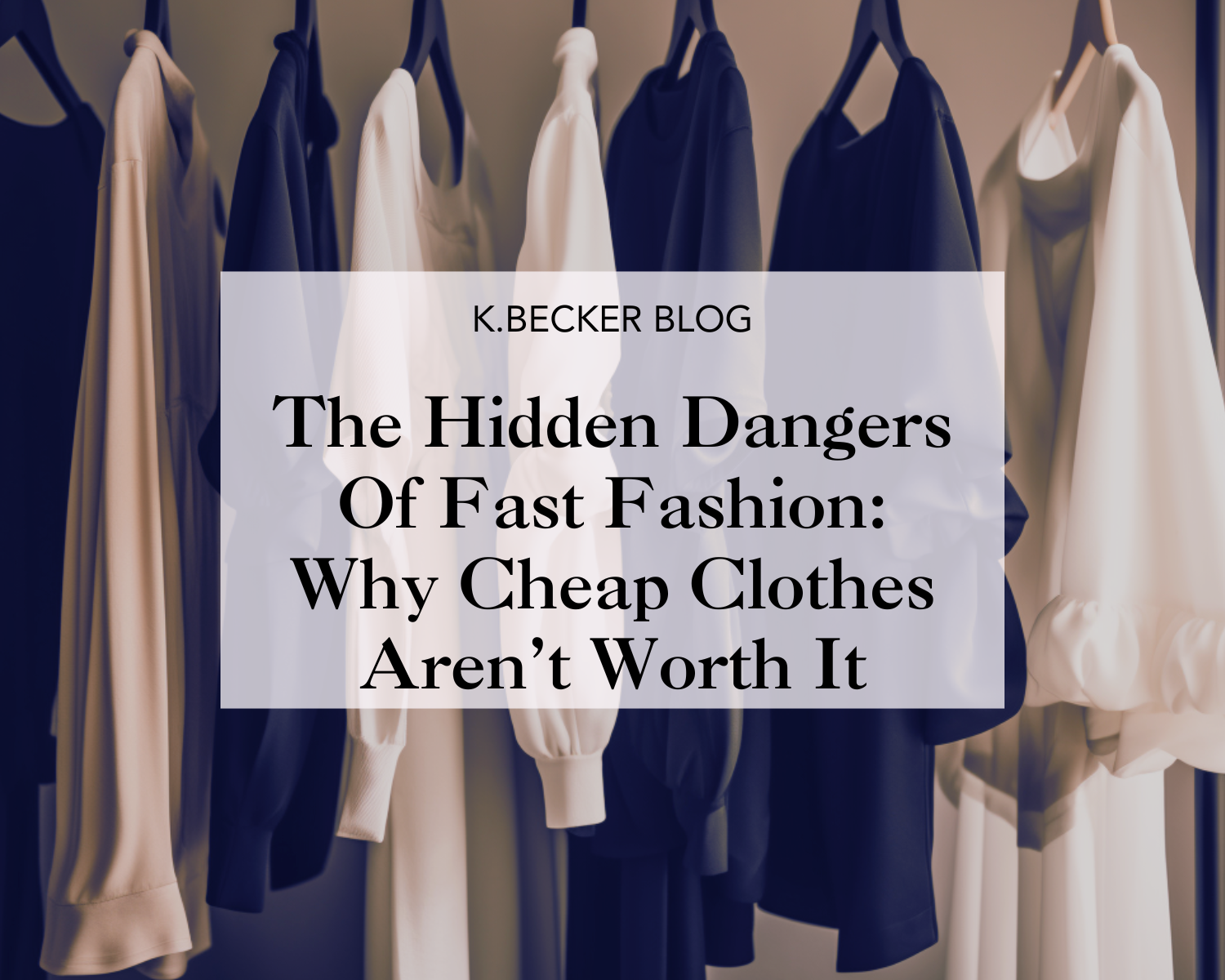
Why Fast Fashion Fails: The True Cost of Cheap Clothes
How often do you stand in front of your closet and think, "I have nothing to wear", but your closet is FULL OF CLOTHES?
That's because fast fashion has duped us into believing we need to buy more, more, more. The truth is cheap clothes were never designed to fit us and was never intended to last.
Fast fashion sacrifices what matters—design, quality, and fit. Here’s why K.Becker takes a different approach to creating clothes that last and make you feel your best.
1. Design Takes a Backseat
Fast fashion brands rush to churn out the latest trends, often without considering thoughtful design. Their emphasis on speed and quantity over substance results in collections that are often uninspired and poorly executed. Instead of creating versatile and timeless pieces, these brands focus on short-lived fads that quickly go out of style.
By prioritizing timeless style combined with artistic edge, collections can be infused with unexpected details that set garments apart. This approach results in clothing that not only endures but also offers a unique perspective, ensuring each piece stands out while maintaining its relevance over time.
2. Fit is Oversimplified
Fast fashion brands often take a one-size-fits-all approach to fit, merely scaling patterns up or down without considering the nuances of different body shapes. This approach overlooks how proportions change with size, leading to garments that fail to flatter or fit properly for many individuals. This lack of consideration often results in clothing that feels uncomfortable or looks unflattering.
A more intentional approach involves designing with real bodies in mind. Tailored garments are developed to complement various shapes, ensuring they enhance the natural form. Multiple samples are created and rigorously tested on fit models of diverse sizes to achieve an optimal fit for every piece.
3. Low-Quality Fabrics
The fabrics used in fast fashion are often chosen for their low cost rather than their durability or aesthetic appeal. While these materials may look acceptable initially, they tend to lose their shape, fade, or pill after just a few washes. The result is clothing that deteriorates quickly, leading to dissatisfaction and the need for frequent replacements.
Investing in high-quality fabrics changes the narrative. Luxurious materials that are soft to the touch, retain their structure, and resist wear over time make a noticeable difference. These fabrics not only elevate the look and feel of garments but also ensure they can be worn repeatedly without compromising on quality or appearance.
4. Poor Craftsmanship
Fast fashion garments are typically produced at breakneck speeds, which often comes at the expense of construction quality. Common issues include weak seams that unravel, linings that disintegrate after minimal use, and poorly executed design details such as misaligned patterns or awkwardly placed pockets. These flaws diminish the longevity and enjoyment of the pieces.
True craftsmanship requires attention to detail and a commitment to excellence. Skilled artisans ensure that garments are meticulously constructed, with reinforced seams, carefully sewn linings, and precision in every element of design. Partnering with sewing groups that specialize in high-end couture guarantees a level of expertise that results in garments built to last and impress.
5. The Cycle of Waste
Fast fashion promotes a disposable culture where clothes are purchased cheaply, worn a few times, and then discarded. This cycle contributes significantly to environmental waste, as well as the frustration of consumers who find themselves constantly replacing low-quality items. The environmental and personal costs of this cycle are staggering.
A shift toward quality over quantity disrupts this cycle. Thoughtfully designed and well-made clothes reduce the need for frequent replacements, offering a more sustainable and fulfilling approach to fashion. Investing in versatile, enduring pieces fosters a wardrobe that inspires confidence and minimizes waste, contributing to a more mindful way of living.
My Takeaway: A Better Approach to Fashion
Invest in high quality clothing.
Buy less (think capsule closet).
Mix and match fewer items and end up with YOUR STYLE.
Adopting this philosophy means building a wardrobe of pieces that are designed with care, constructed to last, and tailored to flatter unique shapes. It’s about moving away from the endless cycle of fast fashion and embracing a more intentional, sustainable, and rewarding way of dressing. Say goodbye to throwaway trends and hello to thoughtful design that makes you feel your best, season after season.

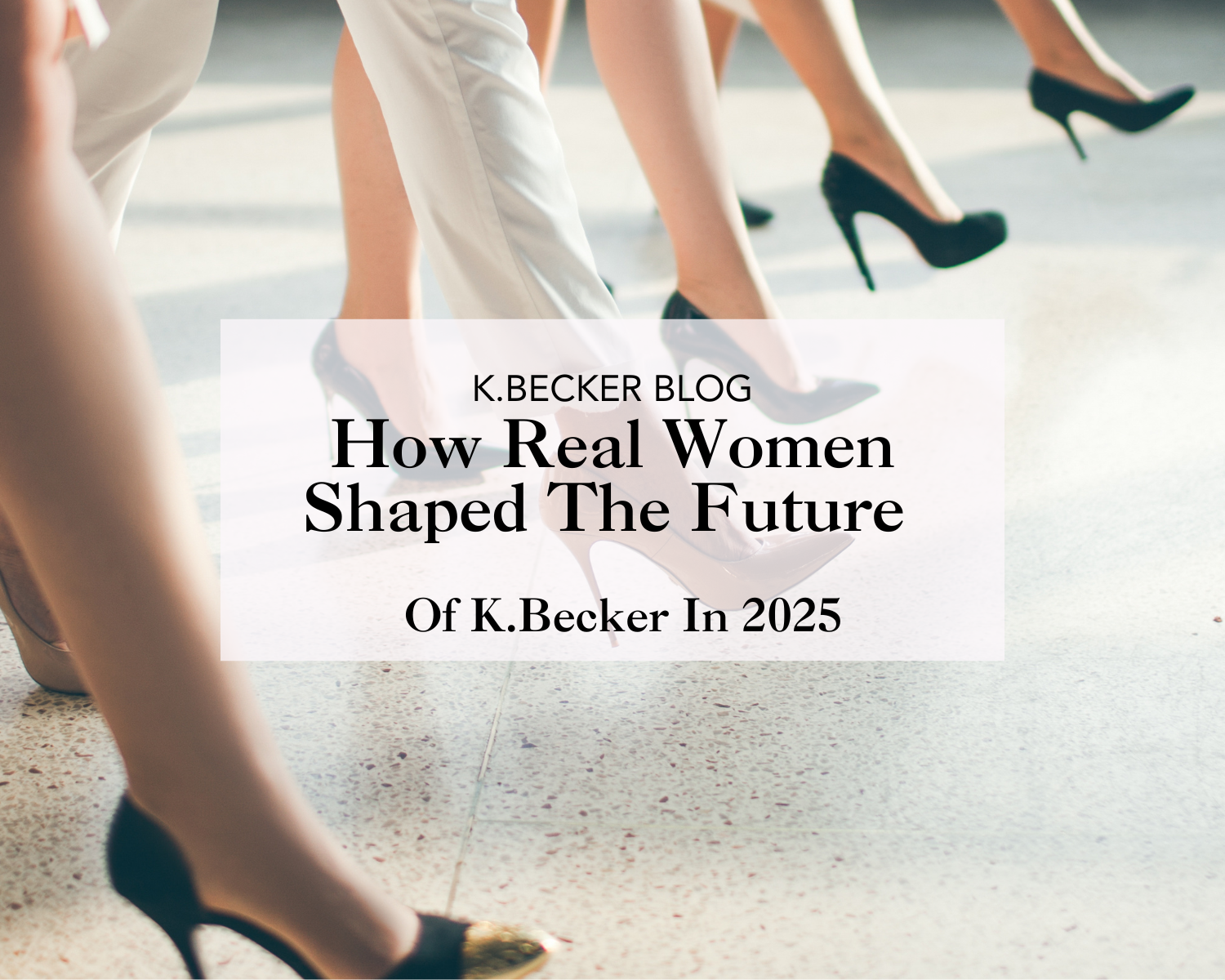
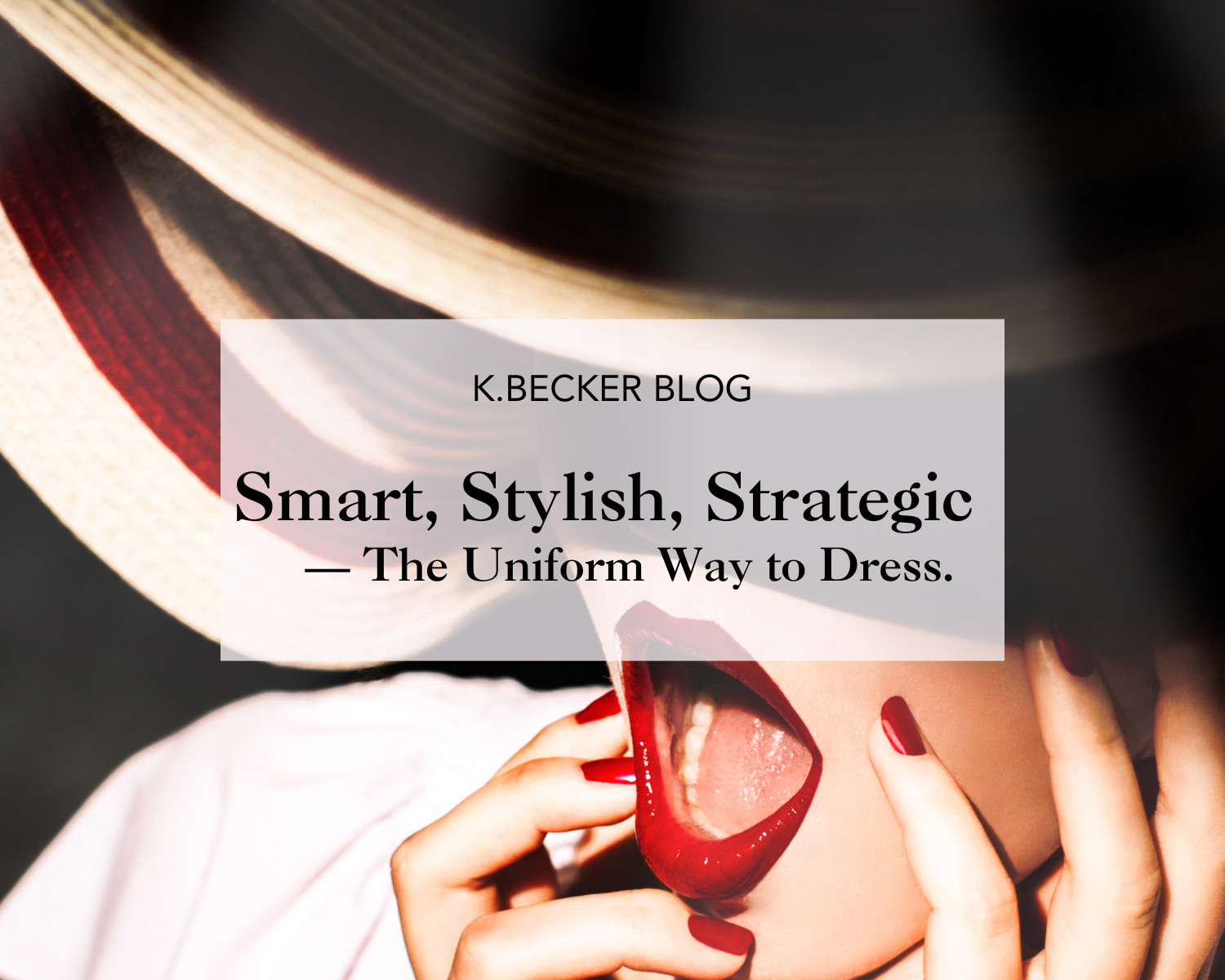
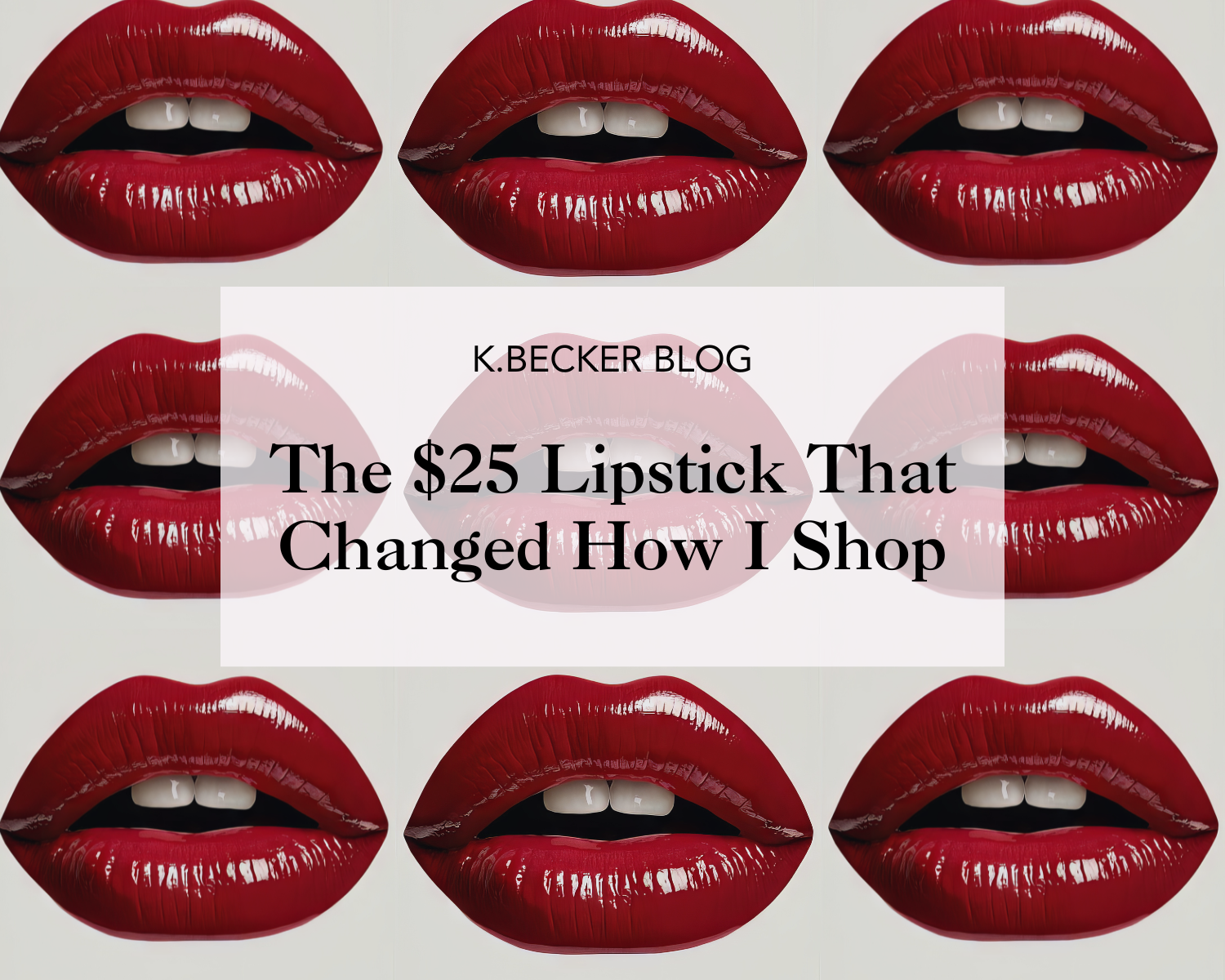

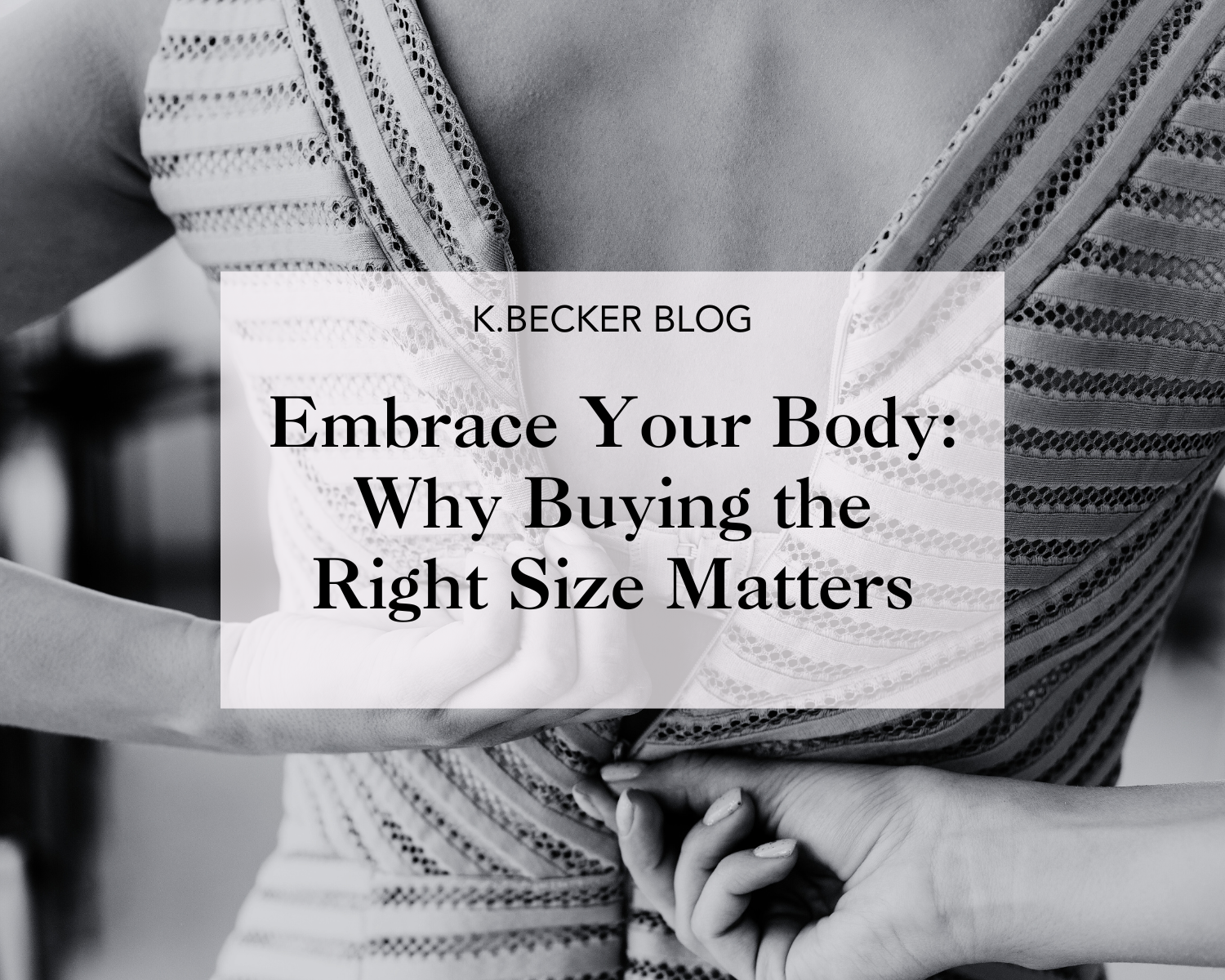
Comments